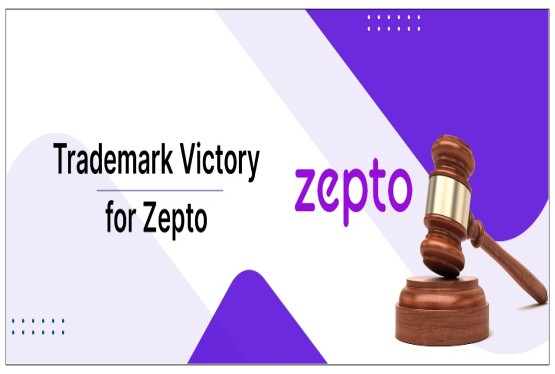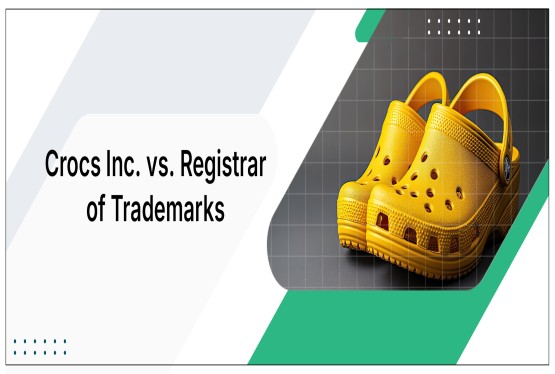Section 19 of the Trade Marks Act, 1999, empowers the Registrar to withdraw the acceptance of a trademark application, even after it has been accepted, under certain circumstances. This provision serves as a safeguard to ensure that only deserving trademarks are registered, preventing the registration of trademarks that may not meet the requisite legal standards.
Grounds for Withdrawal of Acceptance
The Registrar may withdraw the acceptance of a trademark application for Trademark Registration if he or she is satisfied that:
- Acceptance in Error: The application was accepted in error, meaning that the Registrar made a mistake in assessing the application against the provisions of the Act.
- Grounds for Non-Registration: The trademark is not registrable under the provisions of the Act. This could be due to various reasons, including:
- Lack of Distinctive Character: The trademark is generic, descriptive, or devoid of any distinctive character.
- Deceptive Similarity: The trademark is deceptively similar to an earlier registered trademark.
- Contrary to Public Policy or Morality: The trademark is offensive, immoral, or contrary to public interest.
- Other Grounds of Non-Registration: The trademark may be non-registrable due to other reasons specified in the Act, such as being geographical indications or official emblems.
Procedure for Withdrawal of Acceptance Under Section 19 of the Trade Marks Act, 1999
- Notice to the Applicant: The Registrar must issue a notice to the applicant informing them of the intent to withdraw the acceptance.
- Hearing the Applicant: The Registrar must provide the applicant with an opportunity to be heard. This could be in the form of a written submission or an oral hearing.
- Withdrawal Order: If the Registrar is still satisfied that the acceptance should be withdrawn, they will issue an order to that effect.
- Reversion to Pre-Acceptance Stage: Once the acceptance is withdrawn, the application is treated as if it had never been accepted. The Registrar may then proceed to examine the application afresh or may reject it outright.
Implications of Withdrawal of Acceptance
The withdrawal of acceptance can have significant implications for the applicant. It may delay the registration process, increase costs, and potentially lead to the rejection of the application. Therefore, it is crucial for applicants to ensure that their trademark applications are strong and comply with all legal requirements.
Case Law on Withdrawal of Acceptance
While there may not be a plethora of specific case laws directly addressing Section 19, general principles of trademark law and administrative law are applicable. Courts have emphasized the following:
- Discretionary Power: The Registrar's power to withdraw acceptance is discretionary and should be exercised judiciously.
- Natural Justice: The Registrar must follow principles of natural justice, including providing a fair hearing to the applicant.
- Reasons for Withdrawal: The Registrar must provide clear and cogent reasons for withdrawing the acceptance.
- Review by IPAB: The applicant can challenge the Registrar's decision to withdraw acceptance by filing an appeal with the Intellectual Property Appellate Board (IPAB).
Conclusion
Section 19 of the Trade Marks Act, 1999, serves as a vital tool for ensuring the quality of trademarks registered in India. By empowering the Registrar to withdraw acceptance in appropriate cases, this provision helps to maintain the integrity of the trademark register and protect the interests of consumers and legitimate trademark owners. However, it is important to note that the power to withdraw acceptance should be exercised cautiously and in accordance with the principles of natural justice.
Additional Considerations
- Timely Response: Applicants should respond to any notices or queries from the Registrar in a timely manner to avoid unnecessary delays.
- Strong Application: A well-prepared and comprehensive trademark application can minimize the chances of acceptance being withdrawn.
- Professional Guidance: Consulting with a trademark attorney can provide valuable guidance and assistance throughout the registration process.
By understanding the provisions of Section 19 and taking proactive measures, trademark applicants can increase their chances of successful registration and protect their intellectual property rights.
FAQs
- What is the purpose of Section 19 of the Trade Marks Act, 1999?
Section 19 empowers the Registrar to withdraw the acceptance of a trademark application if it is found to be non-registrable. This ensures that only deserving trademarks are registered, maintaining the integrity of the trademark register.
- On what grounds can the Registrar withdraw the acceptance of a trademark application?
The Registrar can withdraw acceptance if the application was accepted in error or if the trademark is not registrable due to lack of distinctive character, deceptive similarity, contravention of public policy or morality, or other reasons specified in the Act.
- What is the procedure for withdrawal of acceptance?
The Registrar issues a notice to the applicant, providing an opportunity to be heard. After considering the applicant's response, the Registrar issues a decision to either withdraw or maintain the acceptance.
- What are the implications of withdrawal of acceptance for the applicant?
Withdrawal of acceptance can delay the registration process, increase costs, and potentially lead to the rejection of the application.
- Can the applicant challenge the Registrar's decision to withdraw acceptance?
Yes, the applicant can challenge the Registrar's decision by filing an appeal with the Intellectual Property Appellate Board (IPAB).






























_(b)_of_the_Trademark_Act,_1999_(1)_crop10_thumb.jpg)



_crop10_thumb.jpg)




























_crop10_thumb.jpg)
_crop10_thumb.jpg)






_crop10_thumb.jpg)








_crop10_thumb.jpg)
_crop10_thumb.jpg)



_crop10_thumb.jpg)





























_crop10_thumb.jpg)

















_crop10_thumb.jpg)






_crop10_thumb.jpg)











































































































































_crop10_thumb.jpg)




































_crop10_thumb.jpg)












_crop10_thumb.jpg)






















